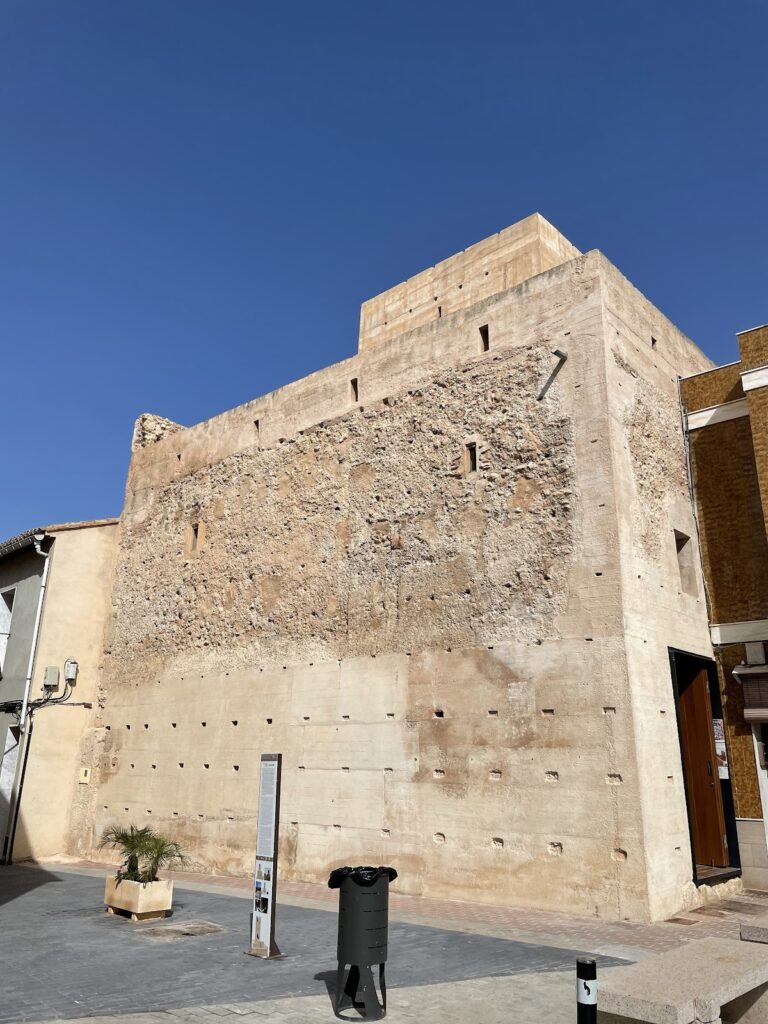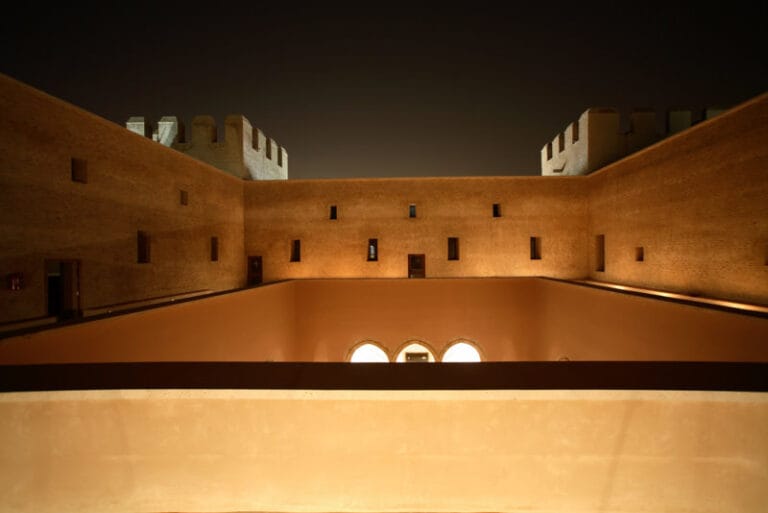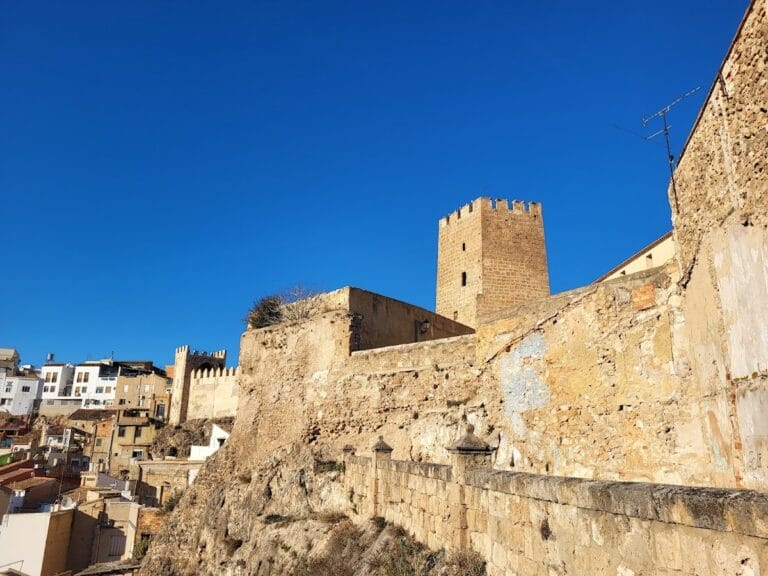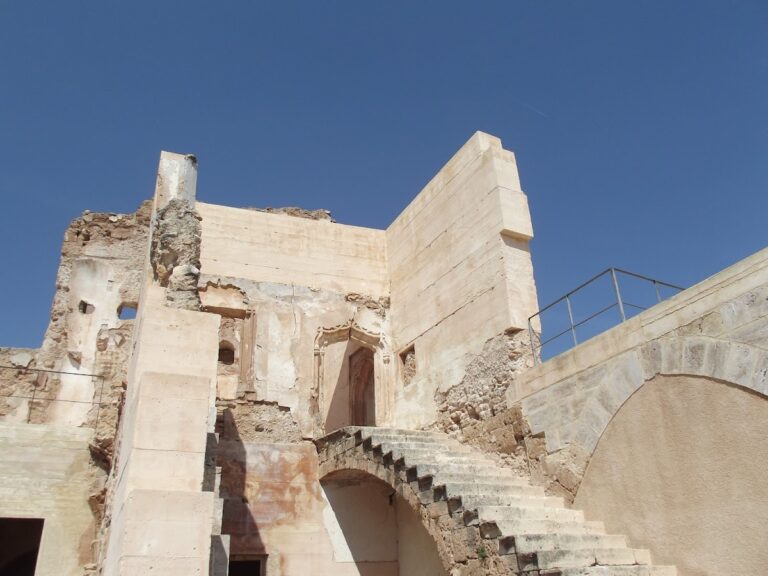Alfarb Castle: A Historic Fortress in Spain
Visitor Information
Google Rating: 4.9
Popularity: Very Low
Google Maps: View on Google Maps
Official Website: alfarb.es
Country: Spain
Civilization: Unclassified
Remains: Military
History
Alfarb Castle stands at the highest point in the town of Alfarb, Spain. It originated during the Islamic period as a small military fortification to defend a rural settlement known as an alqueria, a typical type of farmstead in the region. The place name “al-Khárb” indicates that the site was built upon or near an earlier village that had been deserted or ruined before the Islamic occupation.
In the early 13th century, the fortress entered Christian hands following the expanding influence of the Crown of Aragon. On July 7, 1238, King James I of Aragon granted the site to Pere de Montagut. The Montagut family held the lordship over Alfarb for generations, with their rights confirmed by King Alfonso II of Valencia in 1330. Although the family owned the local domain, ultimate legal authority remained with the Aragonese crown. Later, in 1358, Pere II of Valencia sold full jurisdiction over Alfarb to Pere de Centelles and his descendants for a considerable sum, reflecting a transfer of feudal control.
Subsequently, the lordship integrated into the Marquisate of Llombai, continuing under noble administration until feudal systems were abolished. The community of Alfarb was largely composed of Moriscos, Muslims who converted to Christianity under pressure during the late Middle Ages. Following their expulsion, the town experienced depopulation until 1611, when Christian families were resettled there, renewing the local population.
The castle site gained formal protection in the early 21st century when it was declared a Bien de Interés Cultural, a category of cultural interest in Spain, in 2001. This designation recognized the historical and architectural value of the remains and ensured its preservation for the future.
Remains
The remaining structure of Alfarb Castle centers on a robust rectangular tower constructed during the 12th century. This tower was built using mortar and masonry techniques characteristic of Islamic military architecture in the region. It occupies the core of a quadrangular layout that once included additional adjoining buildings, some of which survive as part of the surrounding urban block.
Significantly, the tower incorporates reused Roman materials at its base, including several inscribed tombstones from the Roman era. One of these tombstones carries the inscription “Hercule Invicte,” which means “To the Unconquered Hercules,” a dedication common in Roman religious or funerary contexts. These stones were repurposed during the tower’s construction rather than indicating a direct Roman origin for the castle itself.
The tower remains in relatively good condition despite being partially enclosed and obscured by modern private homes built close against its walls. Positioned near the Magro River, the tower formed part of a small defensive complex intended to protect the original Islamic settlement and its inhabitants. These surviving elements offer valuable insight into the castle’s role in the region’s medieval landscape.










